Hello everyone good afternoon......
Today I again invite you all to take a walk into nature through the beautiful pictures that I have attached. Being in nature makes us happy and happy. Today I managed to find a damselfly standing majestically among the lush green leaves. The position he perched on was also very suitable, he was standing there side by side with a yellow flower which was no less small than him.
This damselfly is one of the dragonflies that is easy to find in the wild, especially in water areas, small bushes with fresh leaves. Damselfly is also one of the dragonflies that is easy to recognize and also easy to attract the attention of anyone around it. Her body posture is very beautiful, long and slim, brightly colored. Plus a pair of transparent wings with fine details make it look even more elegant.
In Latin, this beautiful dragonfly is known as Agriocnemis pygmaea which is part of the Coenagrionidae family. Damselfly are not only visually attractive but they also play a very important role in the ecosystem. Even though they are small, damselflies are one of the natural predators that help control populations, one of which is that they destroy mosquitoes. Damselfly are also a symbol of the beauty of the outdoors which is often overlooked.
However, you also need to know that in the world of nature photography, damselfly are one of the most favorite objects. Because it has extraordinary beauty and also challenges in immortalizing it. Like this damselfly I found, it's as small as a needle. However, beauty is able to attract attention and people want to capture beautiful moments from it.
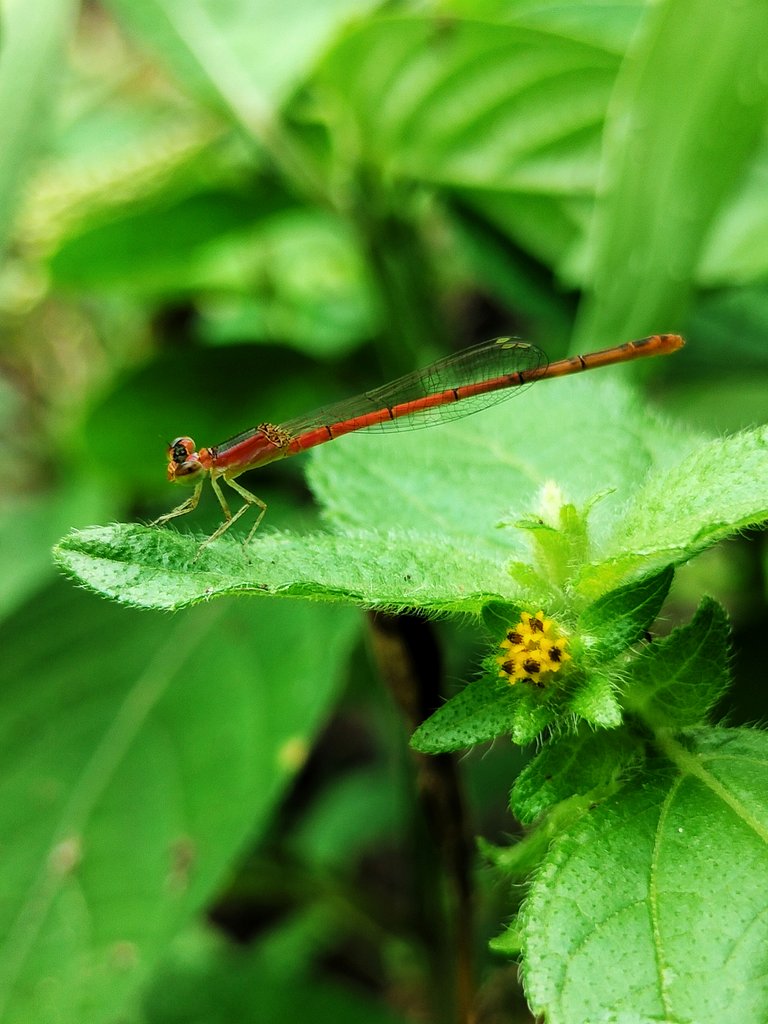
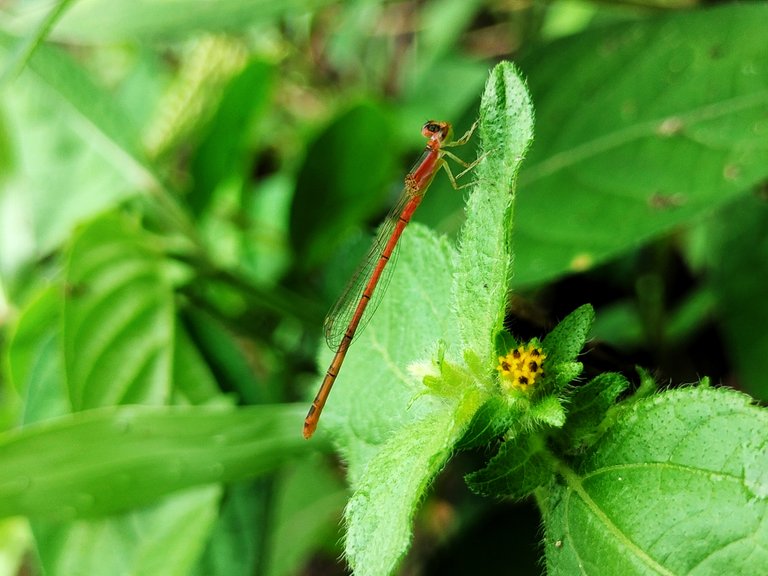


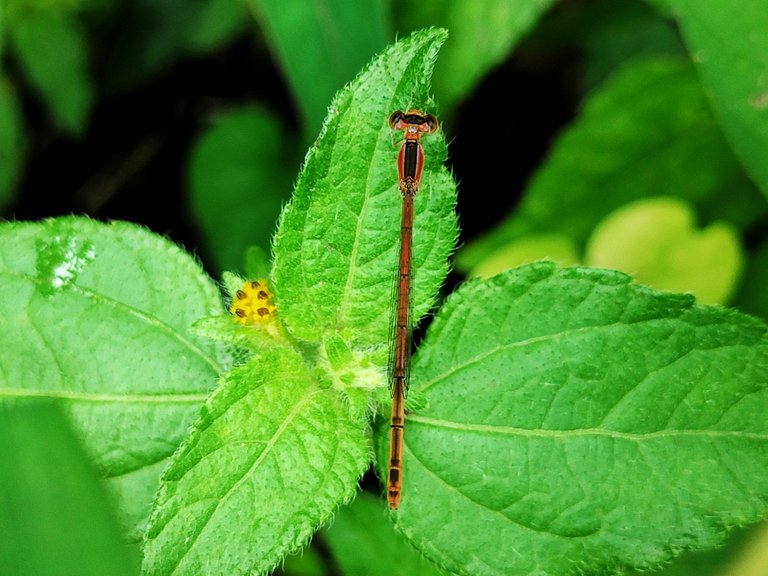
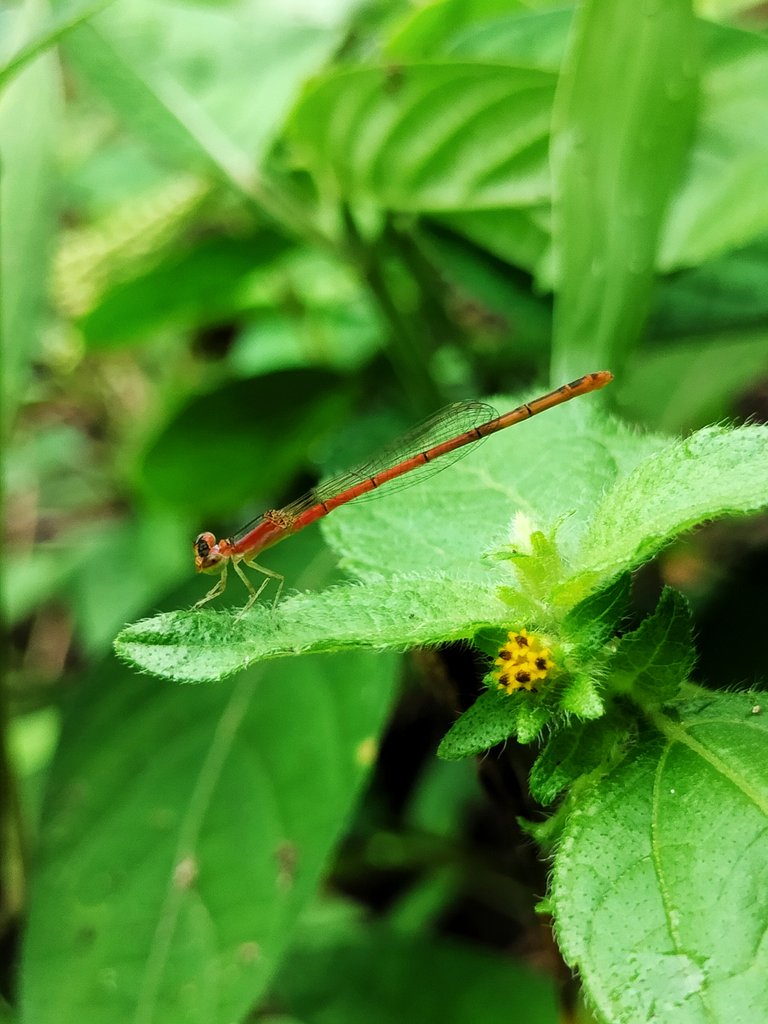
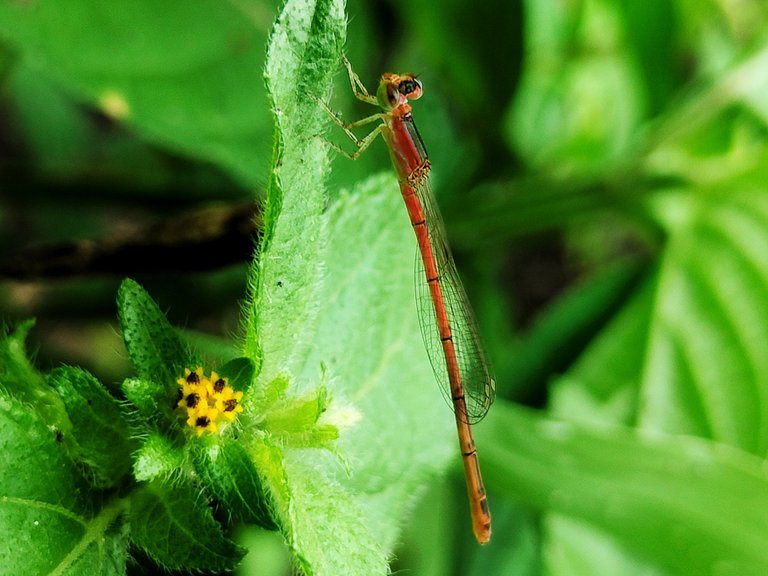
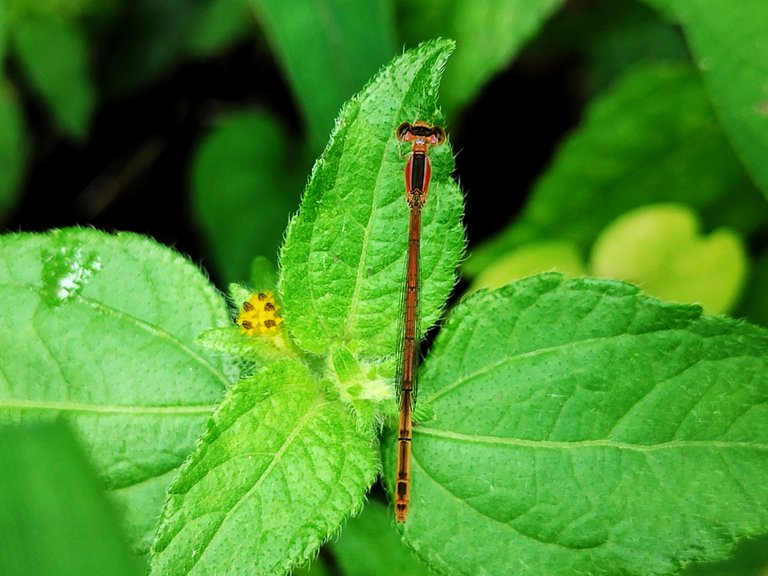
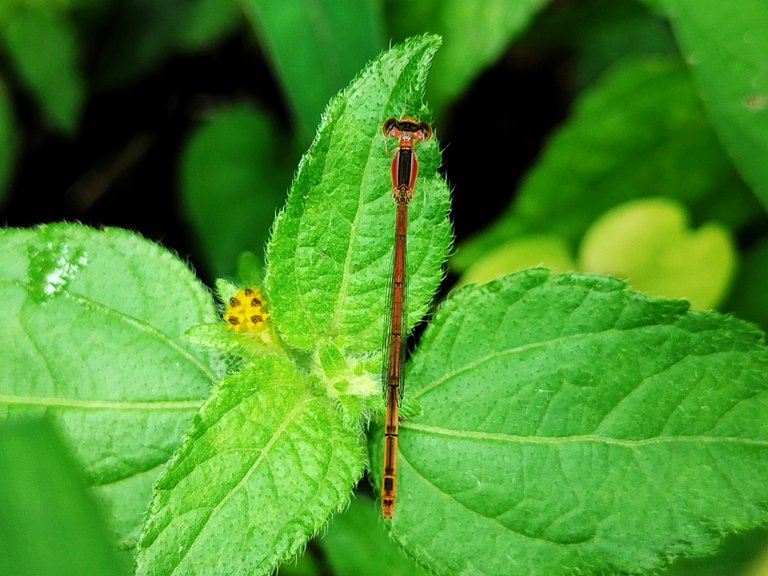
| Latin name | Agriocnemis pygmaea |
|---|
| Observation date | 15 Feb, 2025 |
| Camera used | realme 7 Pro |
| Photographers | @reachdreams |
| Location | Aceh, Indonesia |
| Link to original community |
|---|
https://www.inaturalist.org/observations/261692054








